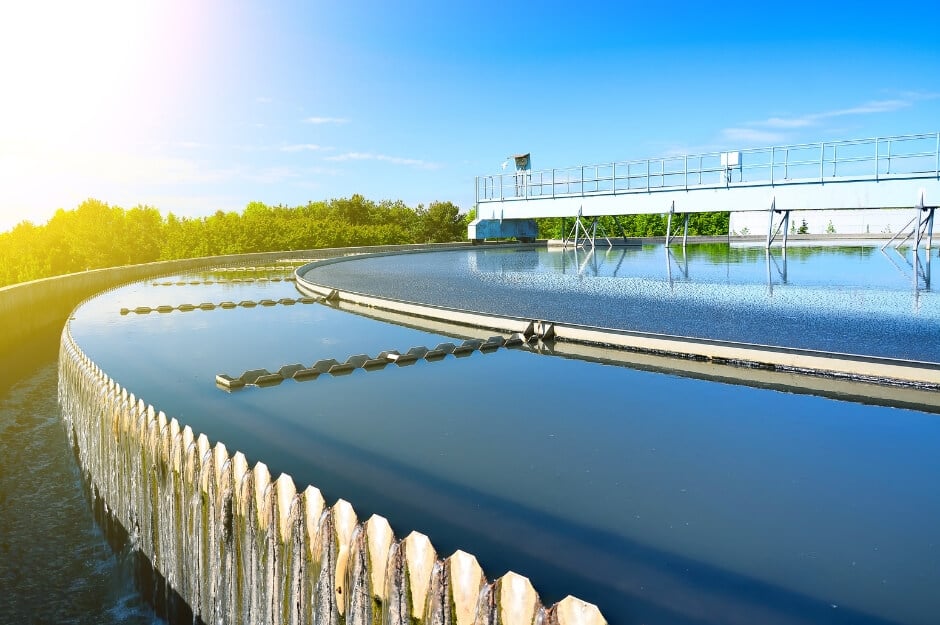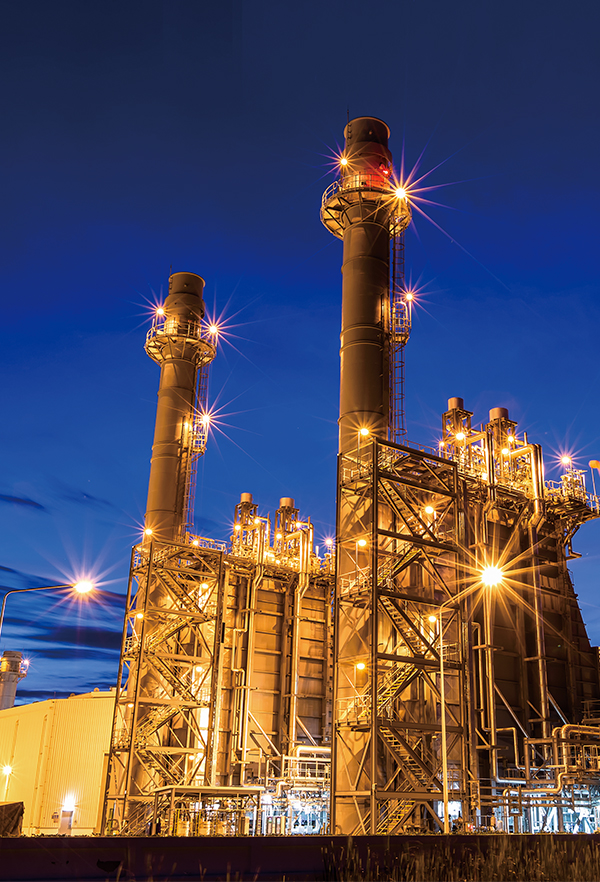Tertiary treatment eliminates matter from wastewater that could be harmful to the environment.
The process involves removing materials such as heavy metals, toxic chemicals, and other pollutants. Industrial wastewater containing these materials will directly affect aquatic life and human health.
There are various advanced treatment methods including:
| Microfiltration | Carbon Adsorption | Evaporation/Distillation | Chemical Precipitation |
WHAT IS THE TERTIARY TREATMENT OF WASTEWATER?
Tertiary treatment improves the quality of wastewater before it is reused, recycled or discharged to the environment.
Industrial wastewater can contain high numbers of inorganic compounds. These are harmful to rivers and lakes as they are of mineral origin rather than biological. This treatment will remove any remaining unnatural compounds as well as substances like nitrogen and phosphorus.
A common coagulant is used to group the remaining solids together, making them easier to remove. A chlorine contact tank is then used to further disinfect the wastewater and remove microorganisms that could be damaging to human/marine life. Any remaining chlorine is then removed by adding sodium bisulfite.
TERTIARY WASTEWATER TREATMENT ENVIRONMENTAL EFFECTS
Many local water authorities are becoming more forceful of water pollution laws surrounding levels of BOD (biological oxygen demand), FOG (fats, oils, and grease) and TSS (total suspended solids) in wastewater.
Biochemical Oxygen Demand is important because it provides a measurable scale to assess the effect discharged wastewater will have on the receiving environment. The higher the BOD value, the greater the amount of organic matter available for oxygen-consuming bacteria. To accurately measure BOD, dissolved oxygen concentrations are measured in a sample of wastewater before and after an incubation period. If wastewater entering the environment doesn’t contain enough dissolved oxygen it will cause stress on aquatic organisms, making the environment unsuitable for life.
NCH’s wastewater treatment solutions address these problems by providing products to service common water treatment issues such as:
- High BOD, COD, TSS, and FOG (which, if left, can incur fines from local authorities)
- Foul odors throughout wastewater treatment plants
- Sludge build-up
Using a combination of state-of-the-art FreeFlow™ bacteria, with a BioAmp delivery system will keep drains and wastewater trouble free.
 Australia & NZ
Australia & NZ 中国
中国 India
India Indonesia
Indonesia 日本
日本 한국
한국 Malaysia
Malaysia Philippines
Philippines Singapore
Singapore 台灣
台灣 ประเทศไทย
ประเทศไทย Tiếng Việt
Tiếng Việt

